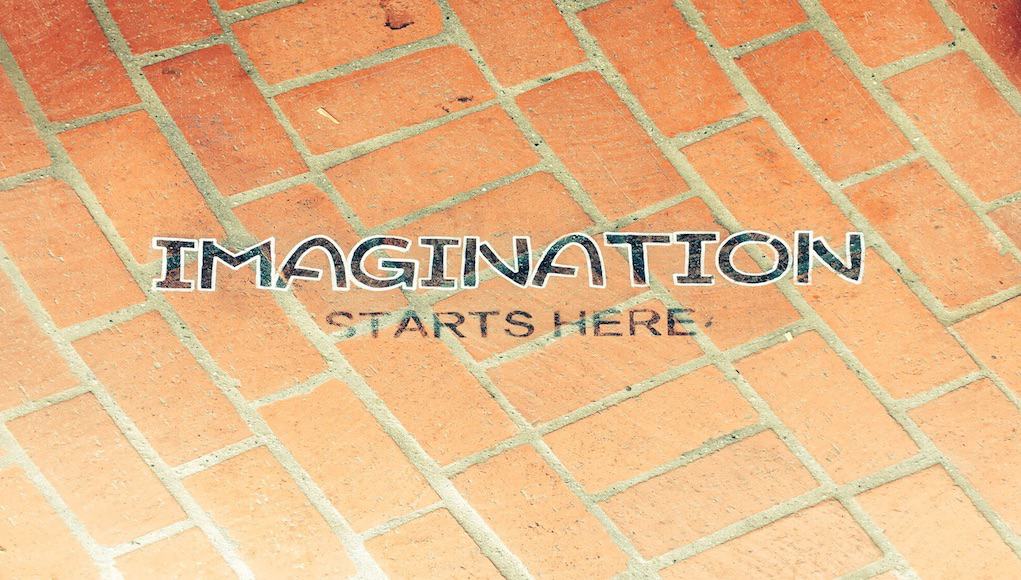The Future of Learning Is…

The world and work are ever-changing and increasingly dynamic, yet the need to prepare students for this world remains constant. With the influx of artificial intelligence embedded in learning platforms, and the growing traction of competency-based, blended and more personalized learning, educators know they need to change their tune, but are often not sure how to integrate each of these integral shifts into their teaching and learning. Schools that are already excelling and implementing innovative practices need to know how to incorporate and add new models into existing frameworks.
The changing landscape has already impacted what learning looks like in K-12 classrooms–more personalized, online and tied to real-world causes (check out our recent podcast where Getting Smart team members address these topics). Adam Kulaas, Director of Coaching at Getting Smart, would say that it is also “crafted by the learner and for the learner.”
As a result of changes in technology, students are connecting more than ever through smart technology and platforms. How can educators respond and transform their practices? What does a blended, competency-based school day look like where students engage in projects to demonstrate their learning? How does artificial intelligence play a role in a school that provides place-based experiences for students?
These are the questions we hear from educators in the field, and we will be to addressing them in our #FutureofLearning campaign.
 While the future of learning is in many ways largely unknown, we do believe that there are ten (and possibly more) topics in particular that will be necessary to unpack when considering what the future of learning looks like for young people and adults.
While the future of learning is in many ways largely unknown, we do believe that there are ten (and possibly more) topics in particular that will be necessary to unpack when considering what the future of learning looks like for young people and adults.
1) Learner Experience
- What are the experiences through which we learn and who decides what they should look like?
- What are the tools we use to learn throughout these experiences?
- How do new technologies come into play?
- Where do we learn and how to take ownership for learning in those places?
2) Youth Development
- What guidance do young people receive – both academically and socially?
- How do we help young people develop and use social, emotional and academic skills?
- What climate and culture do we create (along with students) in places of learning that help to address current social justice, political and environmental issues of our time?
- How do we incorporate service and civic learning in more meaningful ways?
- What are the informal learning opportunities youth have that are a part of their traditional academic pathways?
- What mentorship or advocate programs are needed to ensure every student is engaged and guided through high-school and beyond.
 3) Assessment for Growth
3) Assessment for Growth
- Do students receive ongoing, formative feedback from multiple people and sources?
- How do we track students growth and proficiency-building in meaningful ways?
- Where do the non-cognitive and social and emotional elements get accounted for?
- On a daily basis, do teachers and students know how students are doing relative to learning goals? Is assessment used to move learning forward?
- What are the ways in which we engage students in the assessment process?
4) Building and Managing Comprehensive Learning Profiles
- Where do we store valuable student information, artifacts and evidence of learning?
- What learning experiences provide students with preparation for college, career and life and lead to the development of comprehensive profiles and portfolios?
- How do we encourage students to showcase their products and presentations?
- What are the tools students need to have available throughout their K-20+ academic careers that enable them to show what they know and are able to do?
5) Competency and Credentials
- How do we help students craft learning journeys focused on competencies rather than solely tests of “achievement”?
- What are the systems and programs we put in place that support this type of learning journey (think dual enrollment, badging systems, etc.)?
- What are the career and technical and earn to learn opportunities students need to have access to?
- How are we promoting lifelong learning that includes the development of career, college and/or life skills?
6) Talent Development
- Beyond K-12, how are we engaging adults in meaningful learning experiences? Experiences that prepare them for the future of learning, work and life?
- How do formalized traditional learning paths merge and adapt to accommodate the DIY learning generation?
- What platforms and formats will accelerate entrepreneurial mindset and innovative action to maximize existing talent.
- What are the career and development ladders put in place to support these types of ongoing adult learning experiences?
7) EdTech
- What learning platforms are available to students and how are they used throughout their learning experiences (both formal and informal)?
- How do we cultivate efficient and innovative ecosystems that support advancements in EdTech?
- How do we facilitate learning for youth and adults that have four or more screen days and help them navigate usage for mobile, consumption, production and sharing?
8) Governance and Policy
- What is the state role in school districts?
- How can we leverage school networks to scale best practices and great ideas?
- How do we rethink funding to be weighted, portable and performance-based?
9) New School Models
- What infrastructure needs to be in place to support the incorporation of new school learning models and that are supportive of (and adopt) these new outcomes and experiences for students?
- How do we scale new learning models with an ever increasingly fragmented system and increasingly diverse population?
10) Architecture of Education
- How do we create learning spaces that accommodate and support these new types of learning experiences and unknown advancements?
- What are the provisions, management policies and structures and ownership decisions necessary to support dynamic learning spaces and environments?
- How do new spaces and the re-architecturing of education change how we approach student transportation (and self-driving vehicles)?
Continue to follow #FutureofLearning as we explore these ten big ideas what’s next for young people and adults in both formal and informal spaces of learning. If you think we missed something or there is another topic that belongs on the list, leave us a comment below.
For more, see:
- 15 Elements of Next-Gen Learner Experiences
- How to Create Experiences and Scale Environments that Change Lives
- AltSchool: Designing the Future of Learning
Stay in-the-know with all things EdTech and innovations in learning by signing up to receive the weekly Smart Update.







0 Comments
Leave a Comment
Your email address will not be published. All fields are required.